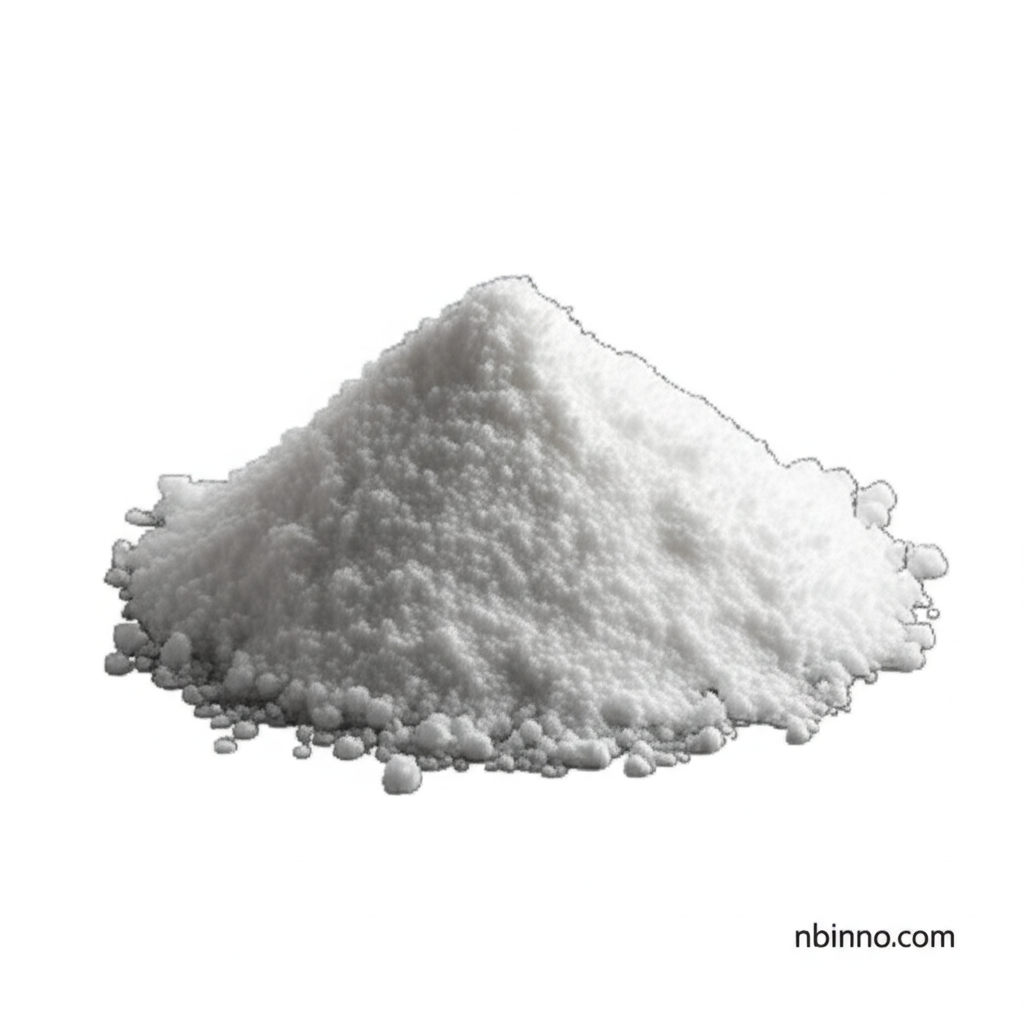High Purity 2,6-Dimethylpyridine-3-Boronic Acid: Synthesis, Applications, and Supply
Explore the essential chemical intermediate vital for modern organic synthesis and pharmaceutical development.
Get a Quote & SampleProduct Core Value

2,6-Dimethylpyridine-3-boronic acid
This compound is a crucial building block in organic synthesis, widely recognized for its utility in Suzuki-Miyaura cross-coupling reactions. Its high purity ensures reliable performance in the creation of complex molecular architectures essential for pharmaceuticals and agrochemicals.
- Leveraging 2,6-Dimethylpyridine-3-boronic acid CAS 693774-55-9 supplier networks allows for efficient procurement of this vital organic synthesis intermediate.
- Researchers frequently seek to buy 2,6-Dimethylpyridine-3-boronic acid online for its accessibility and role in advanced chemical research.
- The high purity of this pyridine boronic acid derivative is paramount for achieving successful outcomes in demanding synthetic procedures.
- Sourcing essential organic synthesis intermediates like this is critical for maintaining efficient production pipelines in the chemical industry.
Benefits Derived from the Product
Enhanced Synthetic Versatility
The inherent structure of 2,6-Dimethylpyridine-3-boronic acid makes it an excellent participant in Suzuki coupling reactions, facilitating the formation of new carbon-carbon bonds and enabling the synthesis of diverse chemical compounds.
Accelerated Research and Development
By providing a reliable source for high-purity organic synthesis intermediates, we empower researchers to accelerate their drug discovery and development processes, reducing lead times for new therapies.
Consistent Quality Assurance
We ensure that our supply of 2,6-Dimethylpyridine-3-boronic acid meets stringent quality standards, guaranteeing lot-to-lot consistency crucial for reproducible results in laboratory and industrial settings.
Key Applications
Pharmaceutical Synthesis
As a key building block, it plays a critical role in the synthesis of active pharmaceutical ingredients (APIs) and complex drug molecules, supporting advancements in medicinal chemistry.
Agrochemical Development
The compound is utilized in the creation of new agrochemicals, contributing to the development of more effective and sustainable solutions for crop protection.
Materials Science
Its unique properties make it valuable in the development of advanced materials, including those used in electronics and specialty coatings, where precise chemical structures are required.
Academic Research
Universities and research institutions widely use this chemical reagent for fundamental research, exploring new reaction pathways and chemical transformations.
